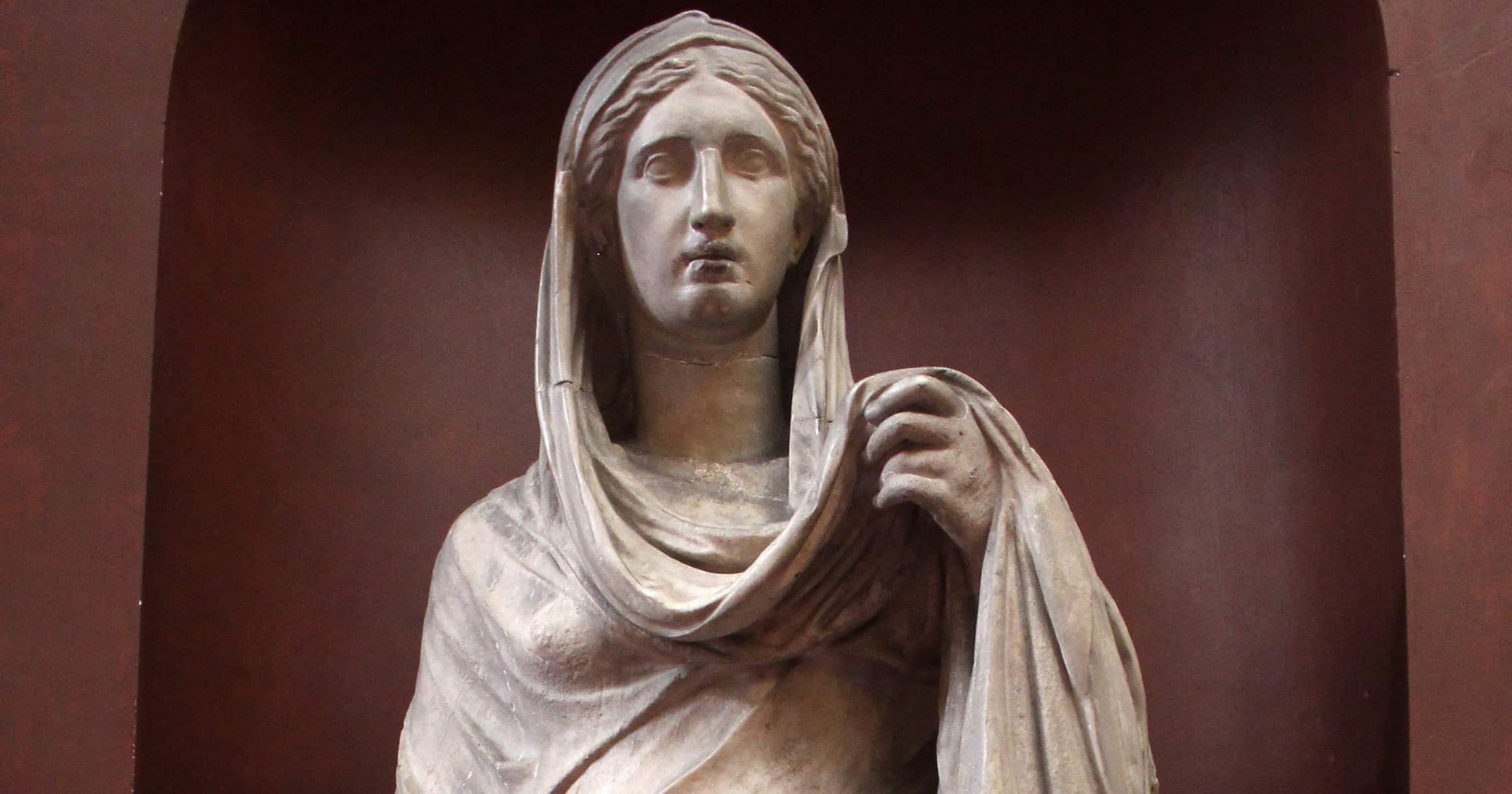 Culture & Ethics
Culture & Ethics
 Faith & Science
Faith & Science
Women and the Image of God

Editor’s note: Nancy Pearcey is one of several Discovery Institute Fellows featured in the Museum of the Bible’s yearlong exhibit on “Scripture and Science: Our Universe, Ourselves, Our Place” in Washington, DC. Pearcey was asked to address the topic of the image of God and how it answers the questions, “What makes me human?” and “What we can accomplish?” You can watch an edited version of her comments on the Museum of the Bible’s Vimeo channel. Since the exhibit could feature only short segments of Pearcey’s recorded comments, Evolution News invited her to offer her full comments in a series here for our readers. This is Part 4 in the series. Look here for Part 1, Part 2, and Part 3. Pearcey is a professor and scholar in residence at Houston Christian University. Her comments are adapted from her books The Soul of Science, Love Thy Body, and The Toxic War on Masculinity.
In many pagan cultures, women were thought to consist of an inferior substance. But in Genesis they have equal standing with men in reflecting God’s own character.
This conviction shaped the early Christian church. In the Roman society of the time, it was socially acceptable for men to have sex with just about anyone — prostitutes, mistresses, courtesans, and other men. The most frequent form of adultery, however, was with slaves — both male and female, adults and children.
A Shock to the Ancient World
In this historical context, the Christian view of marriage was nothing short of revolutionary. At its core was a new form of sexual equality. To the shock of the ancient world, both sexes were held to the same moral standard. Christianity condemned promiscuity among men as well as women. Such evenhanded treatment was genuinely novel.
Christianity put the sexual genie in the bottle of marriage — which had the effect of raising the status of women. As a result, women flocked to the early church. To quote Rodney Stark, “Christianity was unusually appealing because within the Christian subculture women enjoyed far higher status than did women in the Greco-Roman world at large.”
To “Nourish and Cherish”
But there’s more: Pagan society did not expect emotional intimacy between husband and wife. Most marriages were arranged — not for love but to advance the family’s financial and political interests. By contrast, the New Testament commands husbands to actually love their wives — to “nourish and cherish” as the New Testament says in Ephesians 5:29.
Religion scholar Carrie Miles writes, “‘Nourishing and cherishing’ were not typical ‘guy’ behaviors in the first century. The Roman man was expected to be virile, dominant, and ‘macho.’” By contrast, Christian men were expected to treat their wives as equally made in the image of God — and equally recipients of salvation, “fellow heirs of the grace of life” (1 Peter 3:7).
Tomorrow, “Those Puzzling Puritans and the Image of God.”
